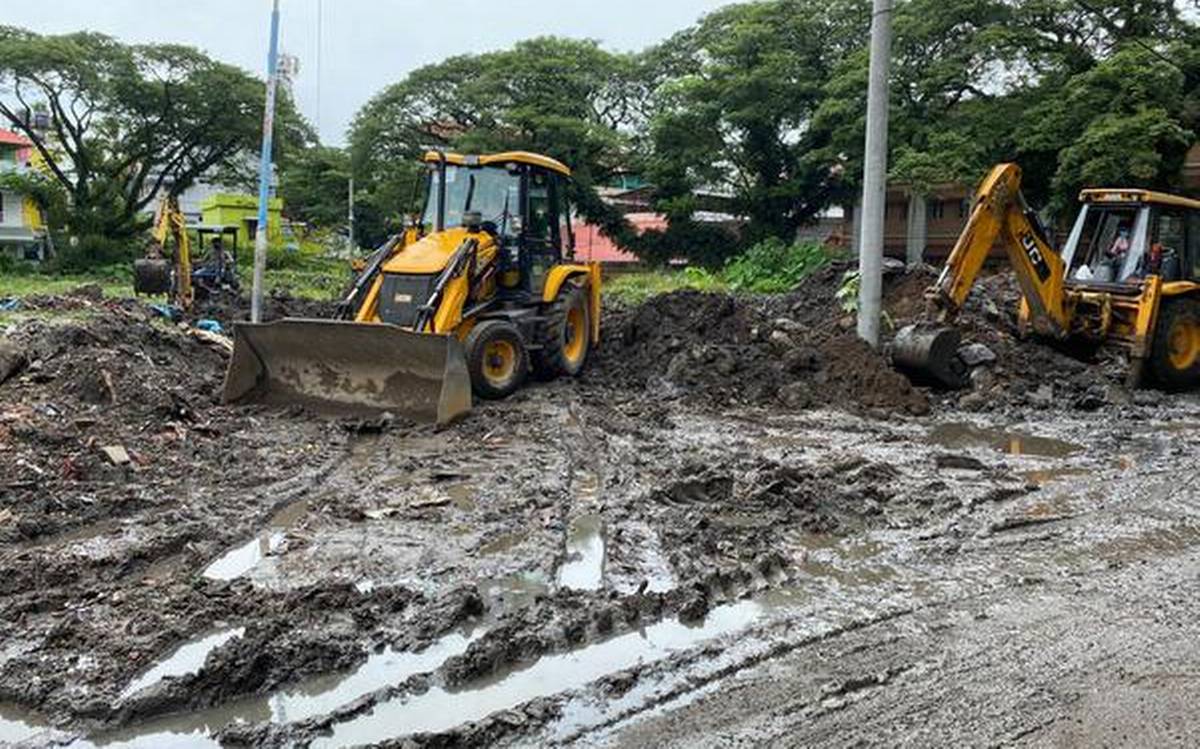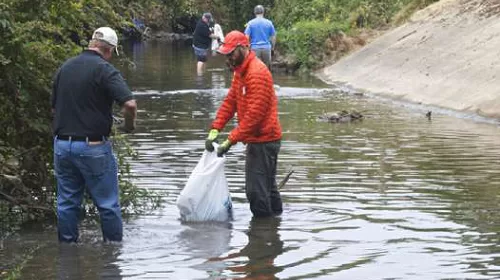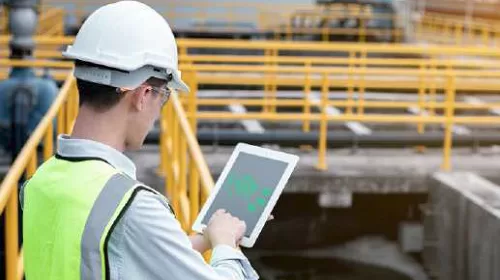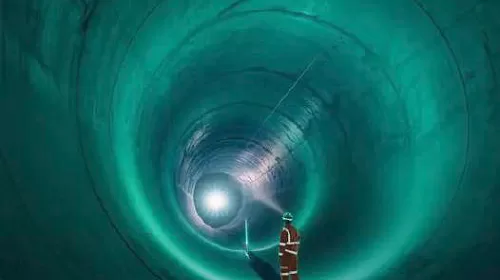Cochin Smart Mission Limited (CSML) began work on the ₹166-crore vacuum sewer network and treatment plant at Fort Kochi on Monday, after over 18 months of teething troubles in kick-starting work owing to opposition from a section of residents. The work began with the help of the district administration, amid a security blanket provided by the police.
The 6.50 million liters per day (MLD) Vacuum Sewer Network System (collecting system) and Plant (treatment plant), which will be established in a 45-cent plot near the Fort Kochi Taluk Hospital, will treat sewage from wards 1 to 5 of the Kochi Corporation, covering an area of 2.7 sq. km. The proposed sewage treatment system will cover an estimated 41,835 people from 9,280 households. The contracting firm will be in charge of the plant’s operation and maintenance for a five-year period.
Once implemented, it will be the largest suction/vacuum-based sewer technology project in India, and one of the largest in the world. “Being a low-lying coastal area having a high water table and a relatively flat topography, a conventional gravity-based system will need excavation to deep depths and a higher number of sewage pumping stations. This might not be feasible to execute. The upcoming project, when completed, will be able to completely free roadside stormwater drains in the project area of sewage and sullage,” said CSML Chief Executive Officer Shanavas S. It will not only improve the aesthetics of the area but also lead to a cleaner and safer environment (considerably lessening air and water pollution). The benefits will include the rejuvenation and transformation of the Kalvathy canal, he added.
The project comprises a total of 80.87 km of vacuum sewer lines and an additional 46.4 km of gravity riders for linking house connections to vacuum collection chambers/sumps. A vacuum station will ‘suck’ the sewage for onward delivery to the sewage treatment plant (STP). Owing to the paucity of space, the STP will be in a multiple-story structure. The space above the adjoining canal too will be used by constructing a stilted structure. Advanced aeration-based technology has been proposed for the STP.
Vacuum sewer transports sewage from its source to the treatment plant. It maintains a partial vacuum, with an air pressure below atmospheric pressure inside the pipe network and the vacuum station collection vessel. Valves open and reseal automatically when the system is used, so differential pressure can be maintained without expending much energy for pumping, CSML sources said.
Work begins on INR166-crore sewage treatment plant at Fort Kochi in Kerala




